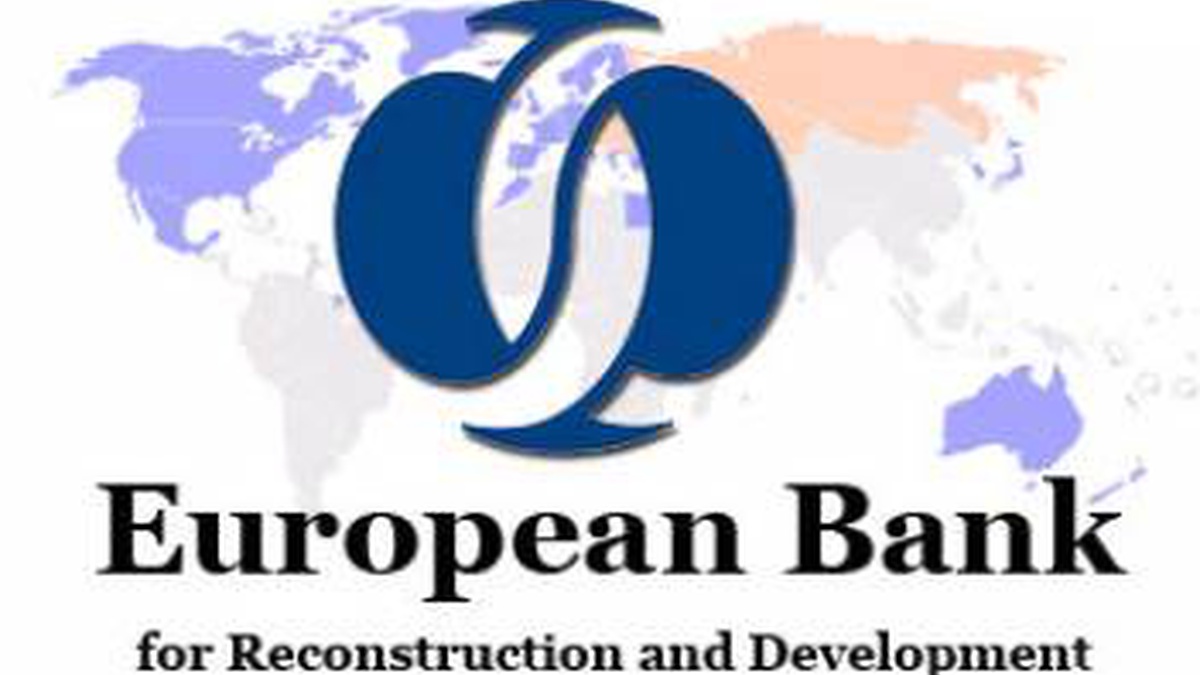
5 Steps to Build an Effective CSR Strategy
In today’s business landscape, Corporate Social Responsibility (CSR) has evolved from being a “nice-to-have” to ...

The European Bank for Reconstruction and Development (EBRD) – which works across Central and Eastern Europe, Central Asia and the southern and eastern Mediterranean – is at the forefront of climate finance and Paris alignment. It will be the first multilateral development bank (MDB) to work systematically in this way with partner banks from Morocco to Moldova and Estonia to Egypt.
One of the most exciting consequences of the EBRD’s latest climate advance – the full alignment of its own activities with the goals of the Paris Agreement from 1 January 2023 – will be the ripple effect it creates, spreading ambition to work in a greener way through the networks of its 300-plus partner financial institutions.
The EBRD’s business model is not just to make direct loans. It is also to lend money to banks in the countries where it works, which in turn on-lend to clients in those countries for projects that are aligned with its lending practices.
Within the EBRD’s ambitious venture to screen all its financing and practices and ensure they are on track to limit global warming to no more than 1.5C, the Bank has devised a plan to support its partner financial institutions to follow suit and prepare and implement their own individual transition plans to align their entire operations and balance sheets too.
This will, over the next few years, broaden the EBRD’s cooperation on the climate agenda with its partner banks from today’s “use of proceeds” model, focused on the use of an individual EBRD loan, to a “transition plan” approach, which focuses on the counterparty’s entire portfolio.
Banks that commit to making a transition plan will scrutinize their entire portfolio and take steps to align it with green transition goals. As the financial sector gets to grips with the need to think climate, the EBRD will work with these banks to help them factor climate risk into their risk management practices, develop new products for their clients to strengthen their resilience and adapt to the new reality.
This involves a big learning curve – one that will take both the EBRD and its partners into unchartered territory, because it is right at the forefront of applying climate science to finance. “We don’t expect progress to be linear,” says Dana Kupova, the EBRD’s Head of Green Economy Transition in Financial Institutions. “I would compare this to an extreme orienteering run – we have a compass which points clearly to the 1.5C goal, but we will be redrafting and refining the map along the way.”
But there are also big opportunities. “EBRD financing to financial institutions is in the range of €3.5 to €5 billion per year. Out of that, typically, about 40 percent supports green economy investments. But the amount of finance we can influence through the transition planning approach we are now starting to adopt, by ensuring that all the money under management by our partner banks follows the same rules, will be a thousand times higher,” says Francis Malige, Managing Director, Financial Institutions.
Regional partner banks have a few years more than the EBRD does to make the transition to screening portfolios to check they are Paris aligned. The scheme will start small in 2023, with 20-30 of the EBRD’s 300-plus partner financial institutions developing transition plans, and more joining over time. By 2027, the aim is to have all financial institutions (bar a few considered at very low risk of misalignment) using the new approach.
Once on a transition plan, a partner bank taking out a loan from the EBRD will have a two-year grace period before committing not to provide finance elsewhere in its portfolio for projects that go against Paris alignment, including financing new coal production.
Partner banks will also have three years from the time they start a transition plan to start making climate-related disclosure, setting out their assessment of climate risks and opportunities facing their portfolios. “We are the only multilateral development bank doing this as a blanket approach across all the countries where we work,” said Dana Kupova.
“We’re seeing a change in culture. The financial sector increasingly understands that climate is becoming an important component of their risk analysis, and that the EBRD is now looking at financial institutions from a climate risk perspective. We look at what are their exposures to high-risk sectors from a transition perspective, from a physical climate risk perspective, and we want to see some mitigation – to see that they know how to manage.”
“We are asking our partners to adjust their governance, risk management practices, and their front office to take climate change into account. It means developing new products, looking at physical and transition climate risks. What we are asking our banks is to go through a fundamental change.”
“Financial institutions need to start doing the same thing themselves for their customers. This is not just about restricting financing but serving your customer base and advising them about things they might not be aware of. If financial institutions can share knowledge with customers who have, say, a water-intensive business in a water-scarce country – tell them ‘we still want to finance you but we also want to help you change with the times’ – it will create a good strong relationship with their customers.”
It has been a huge task to put together a Paris alignment approach for financial institutions that walks the fine line between being ambitious while also suitable for implementation across emerging markets. The development of this approach is one more indication that climate is no longer a niche area and requires increasing engagement across entire organizations.
Spreading the word is important, says Harry Boyd-Carpenter, the EBRD’s Managing Director for Climate Strategy and Delivery, because “transition planning for financial institutions and corporates is at the heart of our ambition. This is a springboard to help our countries and clients transition to a genuinely sustainable pathway.”
اترك تعليقا